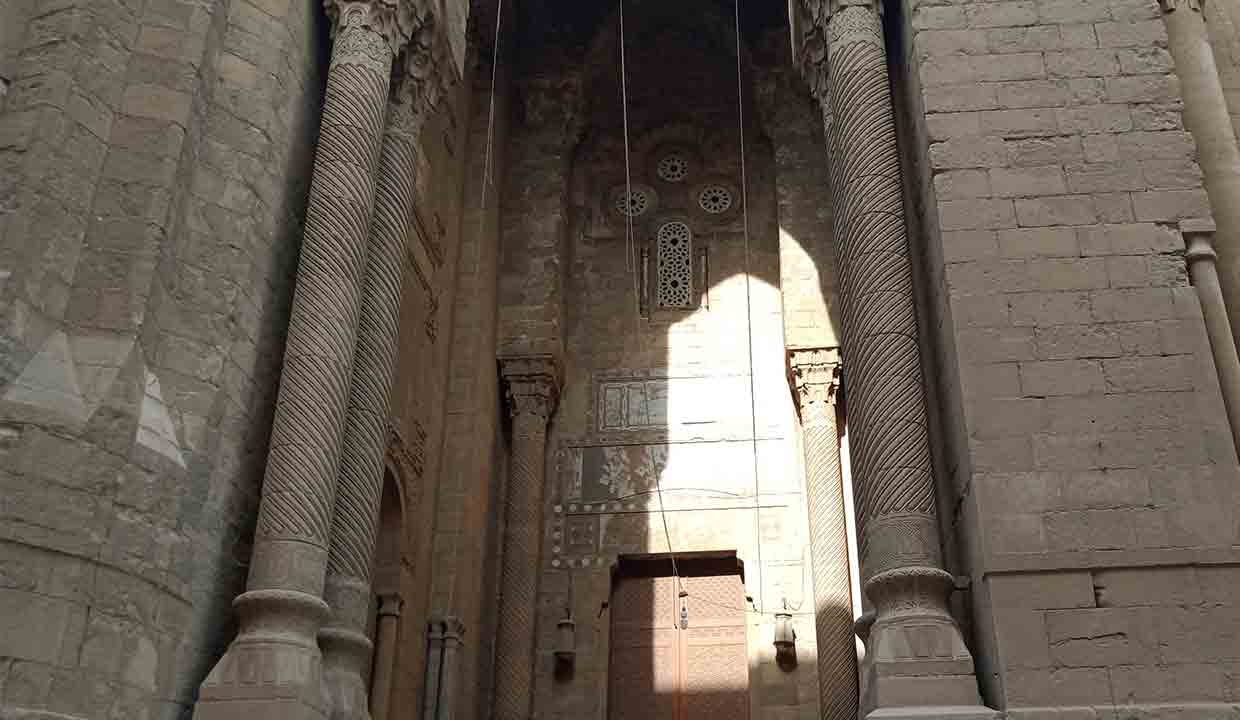Al-Rifa’i Mosque Mosque stands as Cairo’s regal guardian, weaving tales of dynasties amidst a backdrop of architectural grandeur and spiritual sanctuary.
Nestled in the heart of Citadel Square, adjacent to the iconic Cairo Citadel, the Al-Rifa’i Mosque stands not just as a beacon of religious fervor but also as a testimony to Cairo’s rich history. This grand edifice, which now serves as the royal mausoleum for Muhammad Ali’s family, beautifully complements the older Mosque-Madrassa of Sultan Hassan. While the Sultan Hassan mosque reflects the peak of Mamluk architecture, Al-Rifa’i Mosque offers a glimpse into the transition of styles over the centuries.
Historical Overview:
Initiated in 1869, the construction of Al-Rifa’i Mosque spanned over four decades, culminating in 1912. It was commissioned by Khushyar Hanim, the mother of the then reigning Khedive Isma’il Pasha, as a grand mausoleum for the royal family. Besides its purpose as a mausoleum, the mosque was intended to serve a dual role: to rejuvenate the historic square and to provide a modern counterpart to the Sultan Hassan Mosque.
Architectural Exuberance:
- Facade: Unlike its Mamluk counterpart, Al-Rifa’i Mosque boasts a more varied facade, integrating both Mamluk and Ottoman architectural elements. This blend is evident in its intricate carvings, wide-set entrances, and the incorporation of pointed arches.
- Interior Grandeur: The mosque’s interior is adorned with a lavish display of various marbles, intricate woodwork, and expansive areas of gold leaf. The large prayer hall showcases tall, slender columns that support pointed arches, creating an ethereal ambiance complemented by the filtered sunlight from its stained glass windows.
- Royal Mausoleum: The primary allure of Al-Rifa’i Mosque for many visitors is its role as a royal mausoleum. It houses the tombs of significant figures, including Khedive Isma’il Pasha and King Farouk, Egypt’s last reigning king. Notably, it also contains the tomb of Shah Reza Pahlavi of Iran, who spent his last years in exile in Egypt.
- Complementing the Old: While the Mosque-Madrassa of Sultan Hassan showcases the zenith of Mamluk design with its massive structure, open courtyard, and towering minarets, Al-Rifa’i Mosque offers a counterpoint. Its design, while echoing the grandeur of the Mamluk era, integrates newer architectural techniques and designs, reflecting the changing tastes and influences of the time.
Significance in Modern Cairo:
Al-Rifa’i Mosque, besides its historical and architectural significance, plays a crucial role in the modern Cairo landscape. Serving as a bridge between the past and the present, the mosque complements its historical surroundings while offering a glimpse into the evolving architectural trends of Egypt. Its location, adjacent to the Cairo Citadel and opposite the Sultan Hassan Mosque, makes it an integral part of the city’s popular tourist circuit.
Conclusion:
Cairo, a city that has been at the crossroads of history, culture, and architecture, is home to countless wonders. The Al-Rifa’i Mosque, with its blend of styles and its royal legacy, stands as a testament to the city’s continuous evolution and its reverence for the past. A visit to this mosque offers not just spiritual solace but a journey through the annals of Cairo’s illustrious history.
